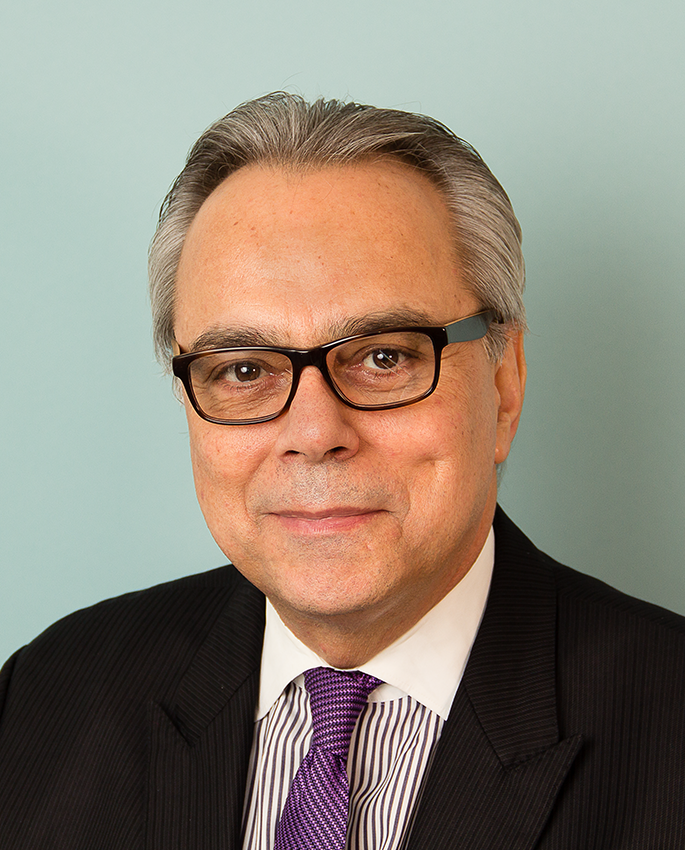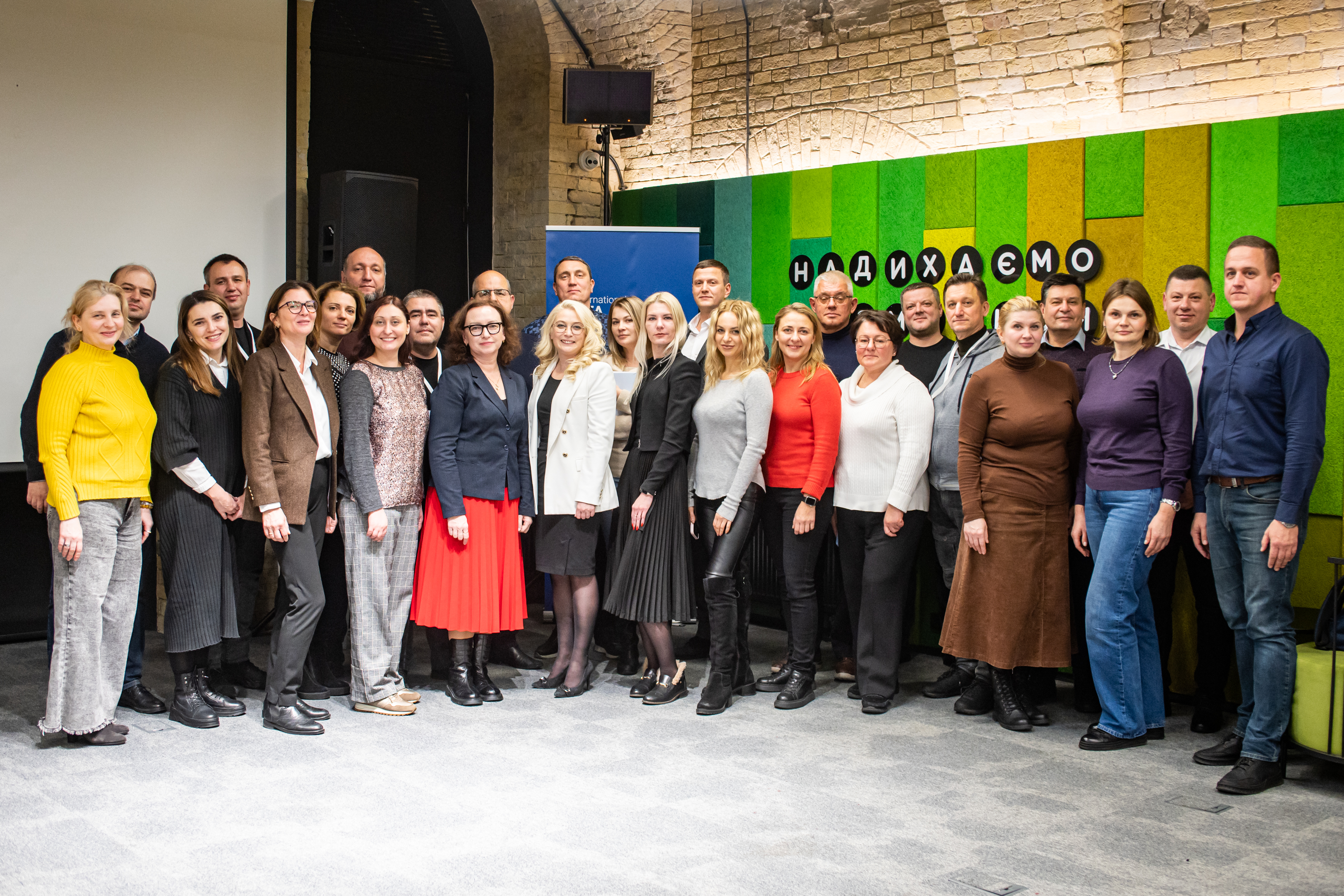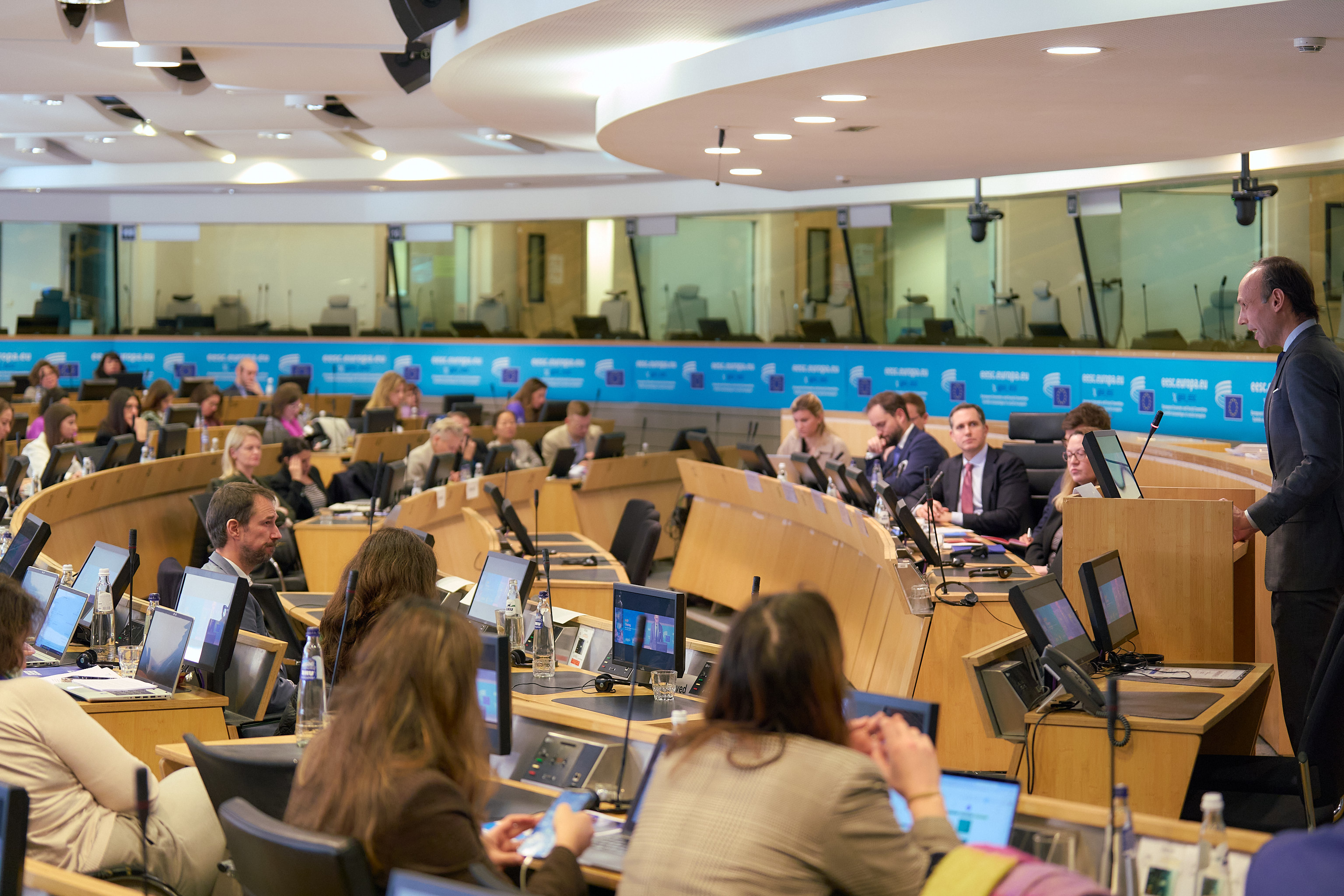On 15 May the Dominican Republic held its most complex elections since 1994. On this occasion, not only were the president and vice president elected, but also all the members of the lower house, the Chamber of Deputies, and the Senate, as well as local authorities.
There were no surprises. Danilo Medina, of the governing Partido de la Liberación Dominicana (PLD), was re-elected by a large margin, and all indications are that he was also able to conserve his party’s majority in both houses of Congress. We say “all indications are” because the election was beset by irregularities (well-documented by the OAS observer mission); and these irregularities have triggered a serious post-electoral crisis that has yet to be fully resolved.
Medina’s re-election confirms the infallibility of the rule (in place in Latin America since 1978) that every president who reforms the Constitution to keep himself in power has achieved his objective. The only exception was Hipólito Mejía, former president of the Dominican Republic, who amended the Constitution in 2002 to seek a second term, but then failed to get re-elected. This defeat opened the door for the return of Leonel Fernández (also of the PLD), who had already governed from 1996 to 2000, and who won the 2004 election and then (benefitting from Mejía’s reform) got himself re-elected in 2008. Once in office, Fernández reformed the Constitution in 2010 (moving from allowing consecutive re-election to allowing unlimited re-election but with alternating rather than consecutive terms). President Medina amended the Constitution once again, in 2015, on an expeditious basis (within 15 days) to re-enact consecutive re-election and to run again in the elections just held on 15 May. No other country in Latin America has amended the constitutional provision on re-election so many times in such a short period, four times in 21 years.
Continuity of the PLD for the fourth consecutive term
With this clear-cut triumph by Medina (he garnered 61.74 per cent of the votes, leading the second-place challenger Luis Abinader, of the recently-formed Partido Revolucionario Moderno (PRM), by more than 25 points), the PLD has now won the presidency for the fourth time in a row, with a total (at the end of this new term) of 16 years in power without interruption. Never before under democratic rules of the game had the same party won four times in a row in the Dominican Republic.
If we exclude the special cases of the PRI in Mexico (prior to 2000) and the Partido Colorado (in Paraguay), from 1978 to date only four parties or coalitions have won four consecutive presidential contests in the region: Chavismo in Venezuela, which has been in power for 17 years (now in the midst of a profound crisis that could lead to Maduro’s early exit); Brazil’s Workers’ Party (PT), which so far (we’ll see what comes of the trial of Rousseff by the Senate that is about to get under way) has been in power for 13 years; ARENA in El Salvador (which governed without interruption from 1989 to 2009 with presidents Cristiani, Sol, Flores, and Saca); and the Concertación in Chile (from 1990 to 2010, with presidents Aylwin, Frey, Lagos, and Bachelet in her first term).
Reasons for the victory
What are the reasons that explain Medina’s landslide victory after three consecutive terms of the PLD in office?
In my opinion, a combination of personal, political, and socioeconomic reasons explain this outcome. As to the personal reason, one should highlight the great popularity of President Medina. With approval ratings greater than 70 per cent, he enjoys high levels of popular support, much more than any other Latin American president.
In terms of the political reasons, one should note the advantage that any Latin American president has when seeking consecutive re-election: the enormous concentration of power by the PLD in all areas of the State, accentuated political clientelism, and above all, an opposition that has not figured out a strategy for removing the PLD from power. Mention should also be made of the marked lack of fairness in the electoral contest and the abusive use of state resources in favor of the governing party.
The third important reason that explains Medina’s easy re-election is to be found in the economy. With 7 per cent growth and inflation at 2.5 per cent, the Dominican Republic is one of the two best-performing economies in the region (the other is Panama). This growth stands in stark contrast to a Latin America which (according to World Bank projections) will see negative growth of -0.6 per cent this year. It is also more than 2 percentage points greater than the average growth rate for the countries of Central America.
Challenges
Yet Medina’s second term, despite the strong support he received at the polls, is not problem-free. On the contrary, he faces major challenges, including having the results of the 15 May elections accepted by the opposition so that his legitimacy and, above all, that of the PLD legislators and mayors, will not be called into question.
Improving the quality of democracy is another major challenge. The Dominican Republic is part of the group of countries (according to The Economist) that has a flawed democracy, characterized by marked institutional weakness and high levels of citizen insecurity and corruption.
Moreover, profound and urgent changes are needed in the political–electoral system aimed at improving the quality and integrity of the electoral process to avoid having to suffer similar problems in future elections.
In the electoral sphere, the OAS report recommends that it is important to separate voting for members of the lower house from voting for senators. It is also important to provide for fairer electoral competition. This requires adequate regulation of the use of state resources (to keep the party in power from enjoying unfair advantages), strengthening the levels of transparency, oversight, control of political financing (establishing, among other measures, ceilings for campaign spending and limits on private financing), as well as assuring more equal access to the media.
As regards the political system, the priority includes introducing thorough changes in the party system aimed at modernizing the parties, institutionalizing them and improving their levels of internal democracy. Another priority is ensuring effective gender parity in politics.
These political–electoral changes need to be supplemented by adequate modernization and strengthening of the electoral organs (JCE - Central Elections Board and the TSE - Superior Electoral Tribunal), ensuring that they are made up of very qualified professionals of renowned prestige, who are totally independent of the political parties. In the area of the economy, despite the current positive macroeconomic outlook, the situation is far from ideal. 40 per cent of the population lives in poverty due to the economy’s serious difficulty generating quality employment (due to its growth model). To this we must add the need to solve the main limitation that the economy has faced for some time, i.e., scarce energy and high energy prices.
In my opinion, this fourth consecutive victory consolidates the PLD as the predominant party in the Dominican political system (with the risk of becoming a hegemonic party). The PRD, which until recently was the main opposition party under the now-deceased Peña Gómez, weakened by its constant internal strife and divisions, ended up allying with the PLD in this election and won just over 5 per cent of the votes. The other major historical party, the PRSC, of deceased former president Joaquín Balaguer (which allied with the PRM in this election) also obtained few votes; its numbers similar to the PRD’s. The big question is what will happen in the coming years with the recently formed PRM and the leadership of Abinader, in particular, if both he and the party will be able to become consolidated as the main opposition force.
One will also have to see whether Medina and the PLD have the capacity to steer clear of the attrition and crisis that generally affects “long governments” under a single party or coalition in the region, especially during the curse of the second consecutive term. Of the four “long governments” mentioned above, two, the PT in Brazil and chavismo in Venezuela, are currently experiencing serious crises that could lead to an early end of the terms of presidents Dilma Rousseff and Nicolás Maduro.
In summary, during his second term Medina should implement an ambitious agenda of reforms. In politics, the priority includes modernizing and strengthening democratic institutions, adopting a law on political parties, and transforming the judiciary and the police to fight insecurity and corruption head on. In economic and social policy, the focus should be on maintaining high growth rates but correcting the serious prevailing inequalities and distortions with the objective of creating quality jobs and thereby reducing the high levels of poverty.




